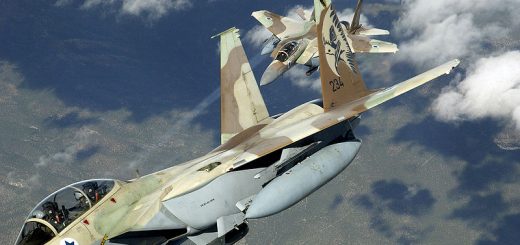Russian Submarine Amur 1650 To Be Sold To China
A new Russian submarine design called the Amur 1650 is going to be sold to China, with Vladimir Putin hoping that Russia’s economic recession may be averted partially by making deals with the Chinese
In a related report the Russian military successfully tested a Bulava intercontinental ballistic missile (ICBM) launched from the Russian nuclear submarine the Vladimir Monomakh. The U.S. Navy believes that the newest of China’s nuclear submarines the Jin SSBN“would mark China’s first credible at-sea-second-strike nuclear capability.” There’s also talk of a Chinese supersonic submarine that could cross the pacific in less than 100 minutes.
Vladimir Putin has publicly stated that Russia’s nuclear weapons and the Russian submarine fleet will be given an overhaul in the next five to 10 years.
The Ukraine crisis has resulted in the Russian economy going from predictions of growth down to the possibility of a recession. Global investors pulled about $850 million out of the country in 2014, and the Russian economy increased by only 1.3 percent instead of the previously projected 3.9 percent. In addition to lower oil prices, economists believe sanctions by the European Union and the United States could cost Russia $100 to $200 billion a year. If tensions continue to escalate, the economic collateral damage may only become worse, which is why Vladimir Putin is granting limited access to raw materials and advanced weapons like their Russian submarine design.
The Russian submarine the Amur 1650 is a modern version of the Kilo-class Russian submarine with improved acoustic stealth, new combat systems, and air-independent propulsion. The new Russian submarine would have a service life of about 50 years, and is expected to come with long range weapons in addition to anti-ship and anti-submarine weapons.
The Chinese and Russian deal was signed on October 13. It’s also believed Russia will sign contracts to deliver S-400 missile systems and Su-35 fighter jets to China in the first quarter of 2015. In addition to the Russian submarine and other weapons, the two governments agreed to swap swap $25 billion in Chinese yuan for Russian rubles over three years. They also created economic treaties to benefit both countries. There’s also talk of creating a $250 billion high speed rail project that would connect Moscow to Beijing, which would allow China to greatly lower the cost of trade with Europe.
Source: 20. 10. 2014 (asian-defence.net)



















